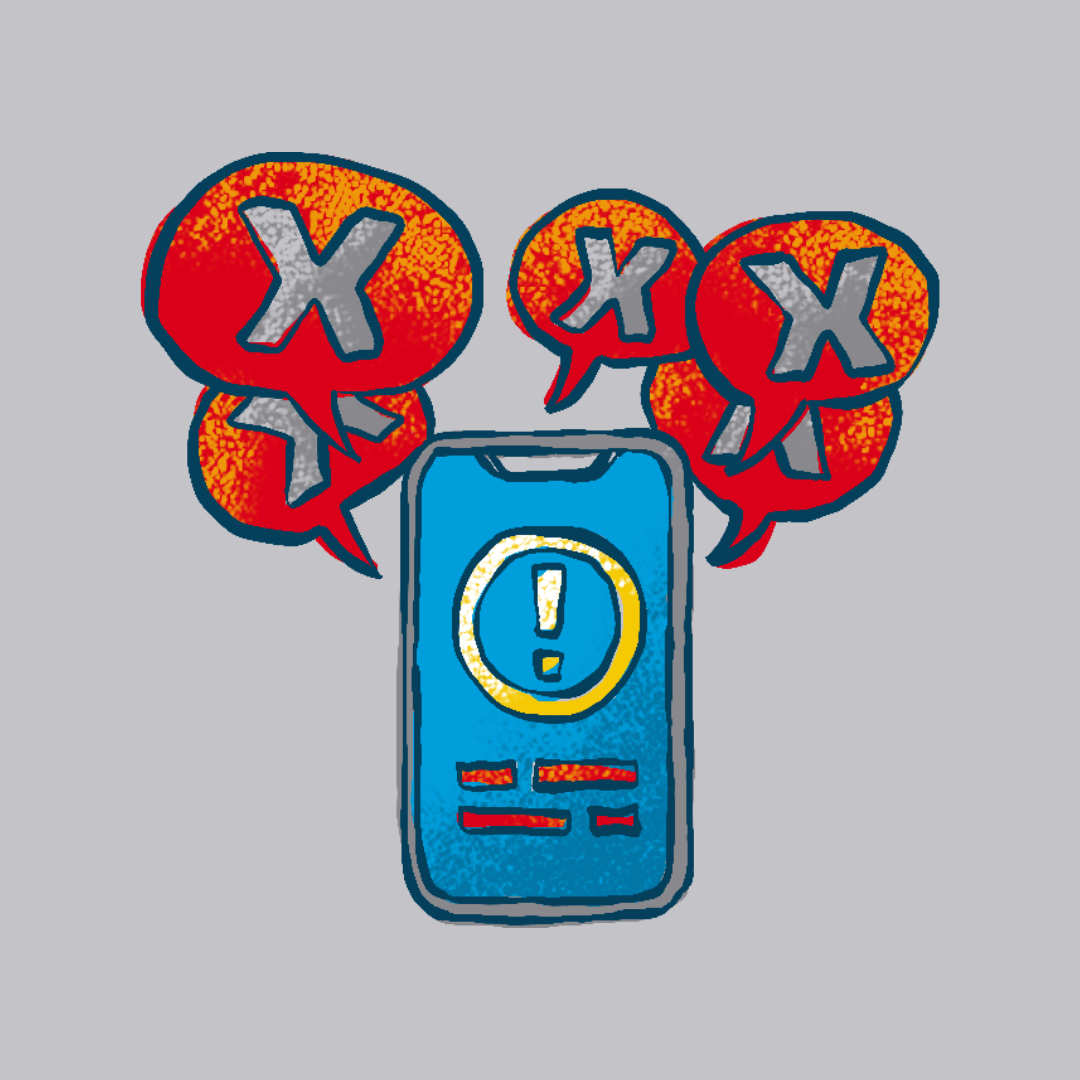
Understanding hate speech
Related issues : FAQs

Enshrined in Article 19 of the Universal Declaration of Human Rights, the right to freedom of opinion and expression includes for everyone the "freedom to hold opinions without interference and to seek, receive and impart information and ideas through any media and regardless of frontiers". This fundamental human right is protected by several international and regional human rights treaties.

According to the United Nations Educational, Scientific and Cultural Organization (UNESCO), misinformation refers to information that is false but without no intention of causing harm - such as a mistake in a photo caption. Disinformation is information that is false and deliberately created to harm a person, social group, organization or country. Examples of disinformation include fabricated or manipulated content such as conspiracy theories or harmful rumors.
Mal-information refers more specifically to the information that is actually based on reality, but used to inflict harm on a person, social group, organization or country, such as revealing a person’s sexual orientation in order to harm their reputation and without any public interest justification.

As the World Health Organization (WHO) noted, the COVID-19 pandemic outbreak has been accompanied by a “massive infodemic”, that is to say “an overabundance of information – some accurate and some not – that makes it hard for people to find trustworthy sources and reliable guidance when they need it”. An infodemic is described as “the rapid spread of information of all kinds, including rumours, gossip and unreliable information” and generating ”confusion, anxiety and even panic in times of serious infectious outbreaks”. Its global spread is amplified by the use of digital and traditional media.
In this context, the UN Educational, Scientific and Cultural Organization (UNESCO) coined the specific term of ‘disinfodemic’ to describe the deliberate “falsehoods fuelling the pandemic” and its “viral load of potentially deadly disinformation”. A disinfodemic is particularly dangerous as it can cause widespread public reluctance to adopt public health measures and thus delay essential interventions.

Cyberbullying or cyber-harassment involves bullying with the use of digital technologies. It can take place on social media, messaging platforms, gaming platforms and mobile phones. It is repeated behaviour, aimed at scaring, angering or shaming those who are targeted. Among many other forms of online violence, cyberbullying may include online hate speech - when the abuse refers to real or perceived, purported or imputed identity factors (such as religion, ethnicity, nationality, race, colour, descent, gender) of the targeted individual or group. Cyber-harassment can incite self-harm and even suicide.

While there is no consensus on hate speech, the notion of incitement to hatred is well established in international human rights law. Article 20, paragraph 2 of the International Covenant on Civil and Political Rights (ICCPR) states that “any advocacy of national, racial or religious hatred that constitutes incitement to discrimination, hostility or violence shall be prohibited by law.” As such, ‘incitement’ refers to statements about national, racial or religious groups, and create an imminent risk of discrimination, hostility or violence against persons belonging to those groups. In the ICCPR definition, the term ‘advocacy’ requires the intention to promote hatred publicly towards the target groups. As stated in the UN Strategy and Plan of Action on Hate Speech, “incitement is a very dangerous form of speech, because it explicitly and deliberately aims at triggering discrimination, hostility and violence, which may also lead to or include terrorism or atrocity crimes”.

According to the UN Framework of Analysis for Atrocity Crimes, the term ‘atrocity crimes’ refers to three legally defined international crimes: genocide, crimes against humanity and war crimes.
In 2005, United Nations Member States made a commitment to protect populations from genocide, war crimes, ethnic cleansing and crimes against humanity, a principle referred to as the “Responsibility to Protect”. The term “atrocity crimes” has since been extended to include ethnic cleansing. While not defined as an independent crime under international law, ethnic cleaning involves serious violations of international human rights and humanitarian law that may themselves amount to one of the three recognized atrocity crimes, in particular crimes against humanity.
Atrocity crimes are considered to be the most serious crimes against humankind. Their status as international crimes is based on the belief that these acts affect the core dignity of human beings.

While legal responses are important, legislation limiting free speech is only one of many ways to prevent and mitigate the impact of hate speech on our societies. Policies supporting the productive use of freedom of expression can reinforce the power of ‘unity in diversity’. They can build the foundation of a cohesive society and contribute to undermining hate.
Counter-speech refers to efforts to address hate speech with positive counter-narratives, as opposed to limiting freedom of expression. In line with the United Nations’ support for “more speech, not less, as the key means to address hate speech”, the production and promotion of counter-messaging and alternative narratives is one of the Organization’s areas of focus in order to prevent and respond to hate rhetoric. States are therefore encouraged to counter hate speech with positive messages of inclusivity, promote the use of positive and alternative speech as a way to prevent and respond to incitement to violence that could lead to atrocity crimes.

Media and information literacy refers to a set of competencies that enable people to engage meaningfully with information and media channels. This may involve interpreting and making informed judgments as users of information sources, or becoming producers of information in their own right. In a digital world, media and information literacy requires people to have the skills to use information and communication technologies – including digital media – and their applications to access and/or create information.
This kind of literacy empowers citizens to understand the role of media and other information-providers to critically evaluate content, and to make informed decisions as users and producers. As such, media and information literacy is central to freedom of expression and information. It can enable every person’s right to seek, receive and impart information.
